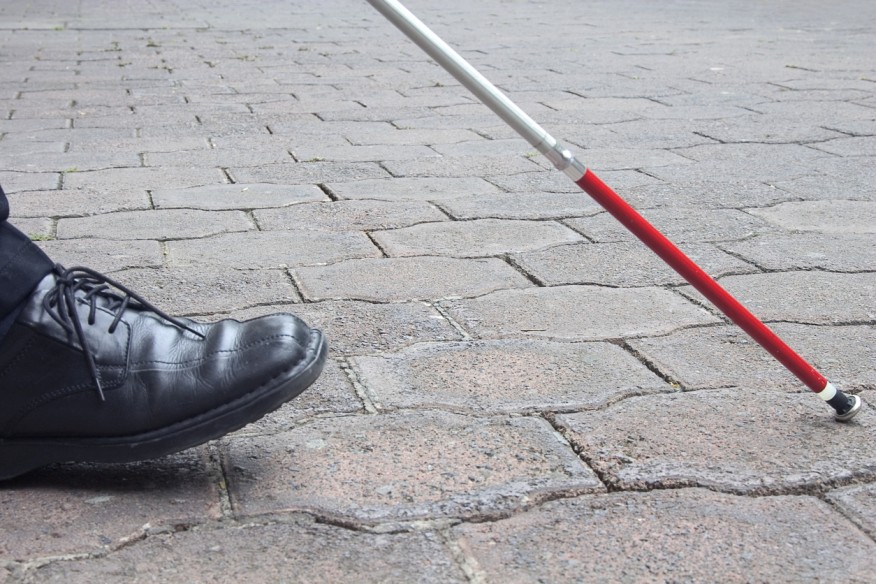Serving Blind Individuals at Church
Written by Doug Broom
A blind Life, Hope & Truth website visitor shared some thoughts on how churches can better serve blind individuals who want to attend their services.

There are millions of blind individuals and millions more who experience significant visual difficulties—roughly 2 to 3 percent of the population. This would mean that for each 100 individuals in a congregation, two or three of them would be blind if there were an equal distribution.
I’d like to share some thoughts that can help make congregations a more inclusive and accessible environment for blind people.
Misunderstandings
As a blind individual, I have endured countless jokes concerning my visual issues that people expect me to accept in good nature.
What this does is create a large amount of caution among those of the blind community when they are faced with situations within the visual-dominant community. This occurs to such a degree that blind people tend to form insulated communities where they can at least maintain a little bit of control over their personal dignity and how they are perceived.
It is an uphill battle to try to fit in. For instance, visual people will try to read the body language and facial expressions of blind individuals. A visual person’s interpretation of those signals is going to be obscured because the visual person simply does not understand what it’s like to be blind. And in many cases a blind person’s facial expressions have a lot more to do with just trying to understand their surroundings. And it puts a blind person in a difficult place.
I know I personally will often furrow my brow when something surrounding me has caused confusion, which gets misinterpreted as me being annoyed or angry about something.
So, when you’re around blind people, be careful about judging their mood or attitude by their facial expression.
Here are a few simple ways blind people can be accommodated and included in a congregation.
Provide digital information
Have digital documents available that include your order of service for the day. Most blind individuals are highly proficient at having their phones read information aloud using various applications that convert text to audio. These documents can be emailed directly to a visiting blind person.
Greeting at the church door
If you open a door for a blind individual, tell him or her which door you are opening and to which direction. Do not stand with your back to the door, essentially blocking a blind person’s ability to touch the door. We really don’t like touching people inadvertently. Especially when it may cause us to touch an individual in a personal area of his or her body. It is humiliating to a blind person to have to experience that.
“How can I help?”
When you approach a blind person, do not touch him or her without permission. This is highly important in pandemic conditions. A blind person is basically defenseless against that type of approach. Instead, when you approach, simply stay at a respectful personal distance and ask, “How can I help?” If the individual requests guidance, simply ask again what would be the best way to do that for him or her.
Most commonly a blind person will want either a shoulder or an elbow. If the person is new to your church facility, give a brief description of the layout, including essential service rooms, such as restrooms and water fountains, etc., as well as any unusual obstacles or obstructions. If the blind person attends there regularly, be sure to warn the person when something significant has changed in the layout since the last time he or she attended.
Curious children
Children can be very curious. Most blind individuals do not mind the curiosity of children, especially surrounding their canes. However, when a child does not ask permission to touch a cane and simply grabs it, that is obviously not appropriate.
In other instances, please allow the blind person to explain himself or herself to the child. Other adults do not need to help in doing so. Blind people are not stupid, after all. Most blind people don’t mind explaining their challenges to a child.
Speak clearly and normally
Speak clearly and normally to a blind person. You do not have to speak louder or slower, etc., though it is surprising how many people do that. And absolutely never speak past a blind person, asking about his or her needs to an individual who may be with him or her. Those behaviors can be hurtful, offensive and frustrating to a blind person.
These simple things that are rarely done can go a long way in making a blind individual feel welcome within your congregation.










